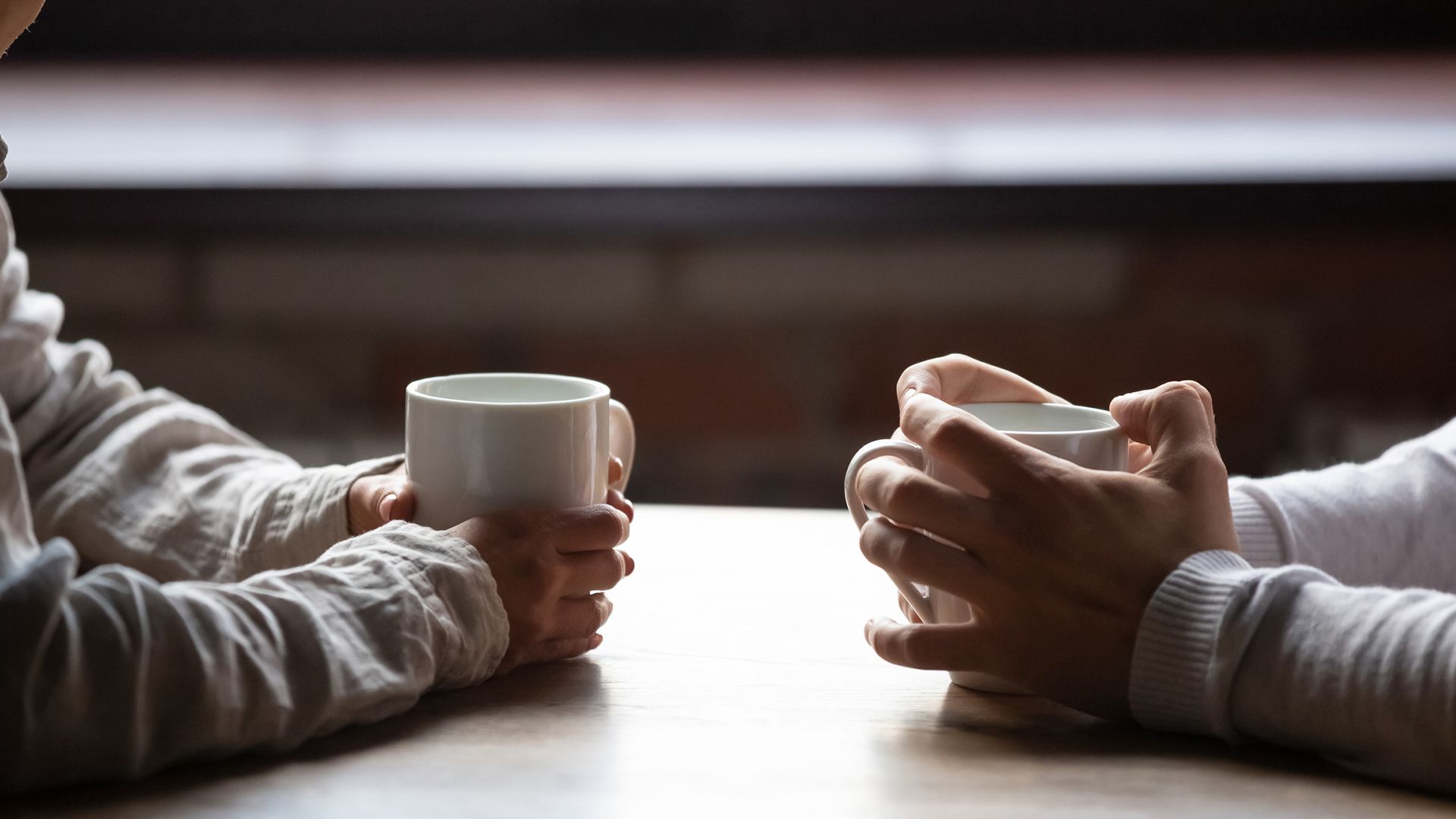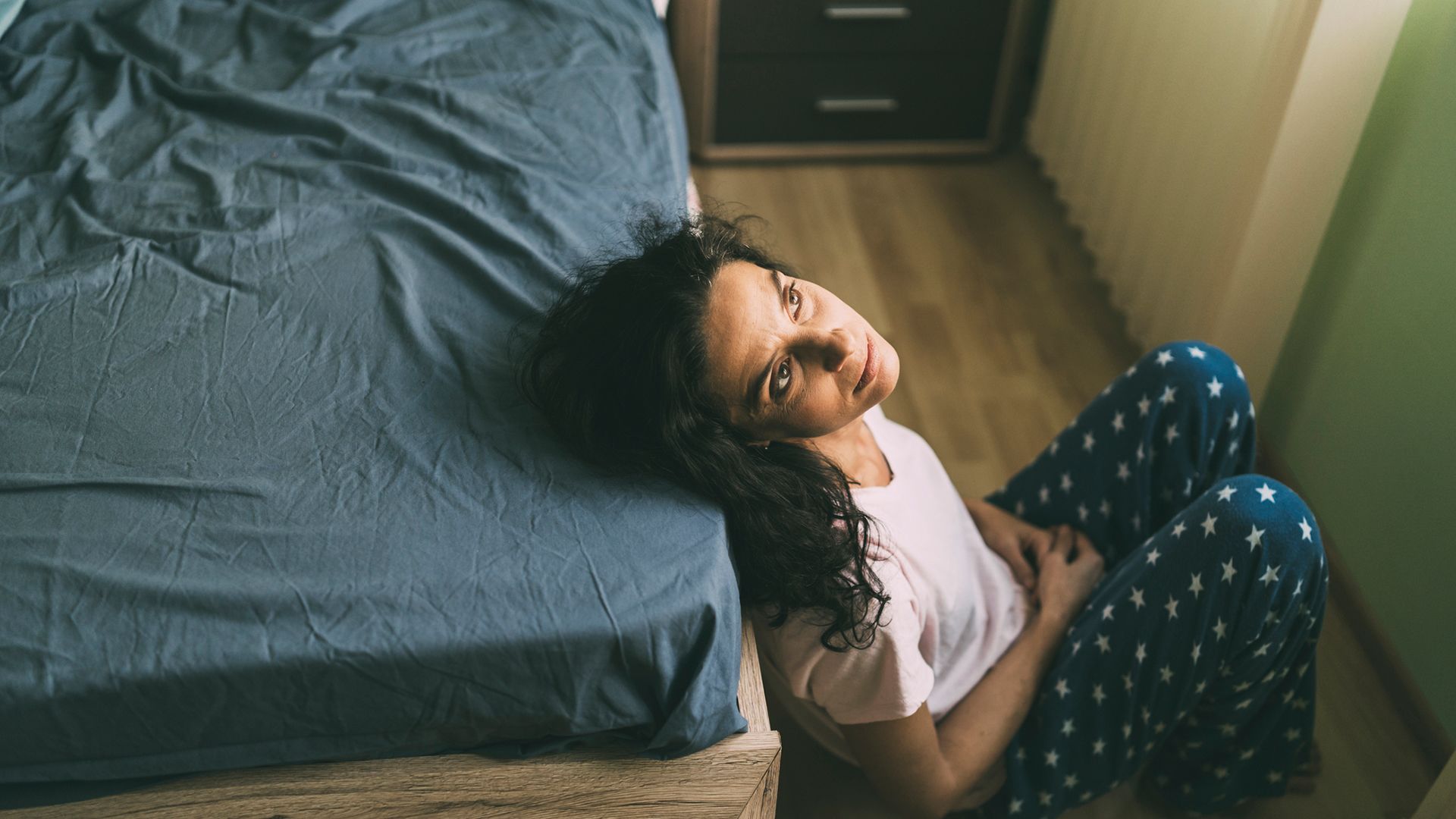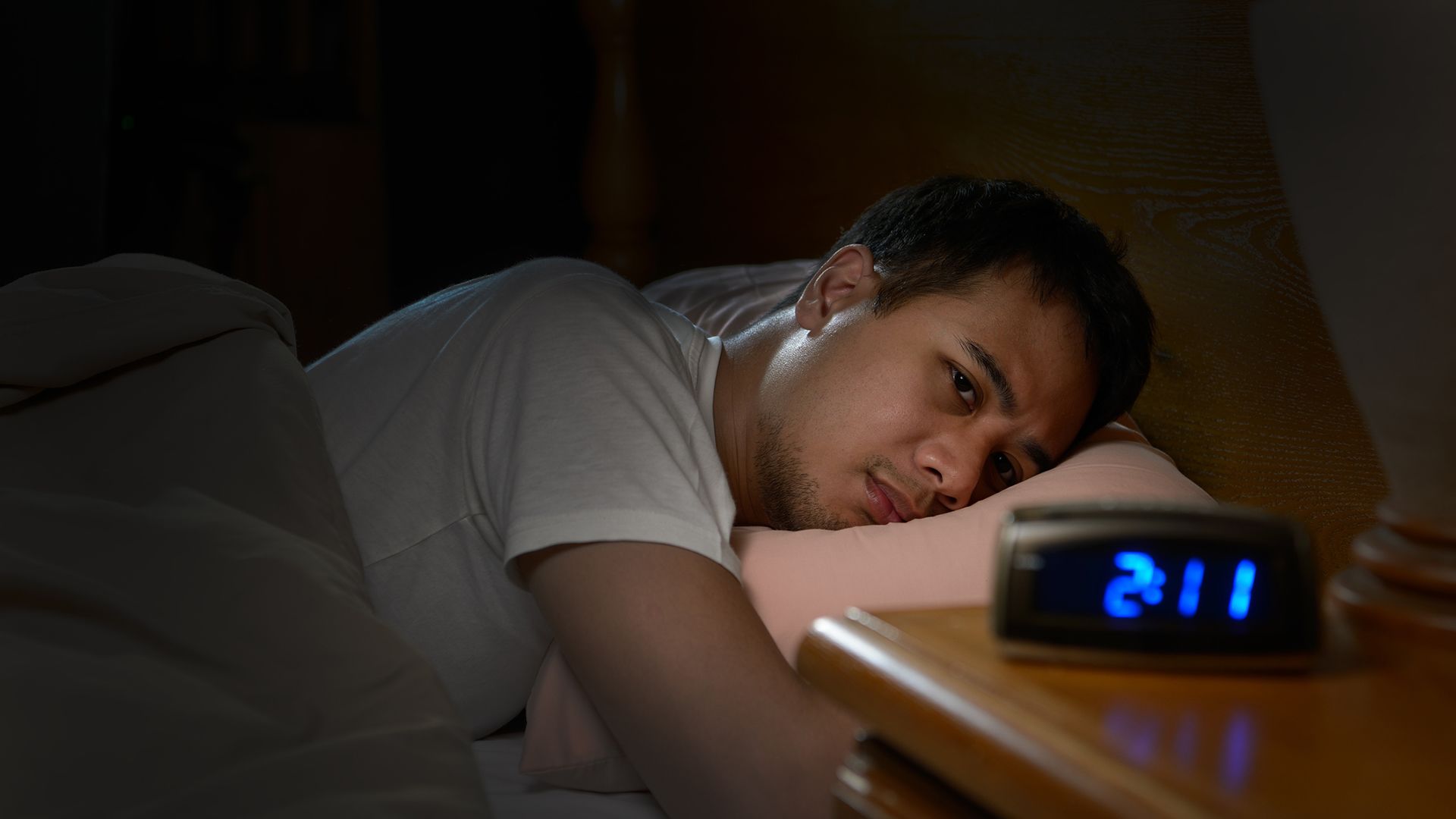You’re completely fine and going about your business when it happens again. All of a sudden, you become intensely fearful. Your heart starts racing, you begin to sweat and you feel like you can’t breathe. You’re having a panic attack—and you’re far from alone.
Panic disorder, which is characterized by repeated panic attacks, affects 6 million American adults. Women are twice as likely as men to have the condition, and though it typically starts during young adulthood, it can wax and wane for the rest of your life.
“A panic attack is a sudden episode of fear and anxiety with physical symptoms such as heart palpitations, sweating, shaking, shortness of breath, dizziness and nausea,” says Grady Carter III, MD, a psychiatrist with Coliseum Medical Centers in Macon, Georgia. “There usually isn’t a triggering event for ongoing panic attacks.”
Panic attacks are often called “anxiety attacks,” but this is a misnomer. While anxiety can feed into panic attacks, “anxiety attacks” themselves don’t exist. Instead, anxiety and panic disorder are two separate entities, though they can overlap.
Understanding panic attacks and panic disorder
Essentially, panic attacks occur because your body perceives an imagined threat and responds the same way it would in the face of a real threat. Your fight-or-flight reaction kicks in, triggering an increase in stress hormones, which then leads to symptoms. An episode commonly lasts less than 10 minutes, though it can feel like forever when you are in the throes of one. Some people may have rolling panic attacks, or one right after another.
While your first panic attack may be unexpected and come on rapidly, ongoing attacks often have specific triggers, like money worries or relationship problems. Sometimes, just stressing over the possibility of an attack can bring one about.
“Many people will have one panic attack and shrug it off,” says Dr. Carter. “But panic disorder refers to ongoing worry about having a panic attack and changing your behavior to avoid one.”
How does anxiety fit in?
Everyone gets a little anxious now and then. From time to time, that distress may feel overwhelming, and some people might even call it an “anxiety attack.” But occasional, temporary anxiousness is common and normal, and different from having a panic disorder or an anxiety-related condition, like generalized anxiety disorder (GAD).
GAD is characterized by persistent and excessive worry about anything—and sometimes everything—ranging from your health to your future. The worries occur on most days for at least six months and interfere with your day-to-day activities and quality of life.
“Everybody has anxiety, but GAD’s hallmark is excessive worry,” says Carter. “People with GAD don’t just worry about a big upcoming meeting, they go two steps further and fret about what will happen next.”
A GAD diagnosis must also involve at least three of the following symptoms:
- Restlessness or edginess
- Tense muscles
- Difficulty concentrating
- Irritability
- Getting fatigued easily
- Problems with sleeping
Exactly what causes GAD is not fully understood, but stress and genetics are thought to play a role.
You can have both panic disorder and GAD, Carter explains. In addition, depression may also occur with GAD and panic disorder.
Getting the right treatment
Panic disorder and GAD often respond to the same types of treatment, namely medication and therapy. Selective serotonin reuptake inhibitors (SSRIs) are drugs that work by raising levels of the mood chemical serotonin. “People often think of them as antidepressants, but they are just as good at treating anxiety,” Carter says. These medications can take time to start working and can have some side effects, including headache, nausea and difficulty sleeping.
Talk therapy can be tried on its own, though it’s often used in conjunction with medication. One type, called cognitive behavioral therapy (CBT), aims to alter behavior by changing the way people think about and cope with their anxiety.
With the proper coping strategies, say Carter, you may be able to stop a panic attack before it starts. “People with panic disorder have usually been to the ER once to be reassured that the symptoms are related to a panic attack, and not another medical condition,” he says. “Tell yourself, ‘This is just a panic attack, I'm not going to die,’ and try to distract yourself and focus on things going on around you.” Quicker-acting anti-anxiety medications such as alprazolam (Xanax) can also be helpful, he says, though they’re typically used only short-term.
It is possible to go long periods of time without having a panic attack, but when you stop taking SSRIs or other medication, the attacks may return. “The hope is that when you are on medication and in therapy, you resolve some of the issues that have left you more vulnerable to panic disorder,” Carter explains.
In the meantime, he adds, living a healthy lifestyle can help keep GAD symptoms and panic attacks at bay. This includes regular exercise, eating well, getting enough sleep and cutting back on alcohol, tobacco and caffeine. Yoga, meditation and other relaxation techniques may also be effective stressbusters.
If anxiety or panic attacks are interfering with your life, talk to your primary healthcare provider about medication and a referral to a counselor or therapist. A skilled doctor can ask the right questions to find out if it is anxiety, panic disorder, or both.






